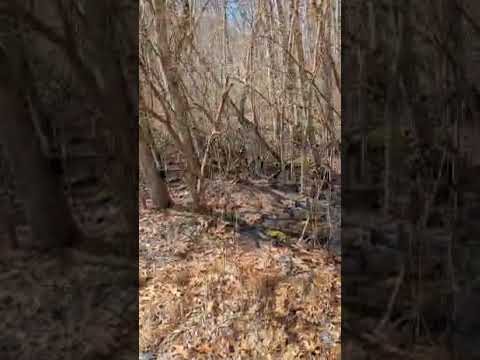– The ecological significance of the Wood Frog chorus within the Farmington Canal Bike Path ecosystem
– Strategies for wildlife conservation along urban and peri-urban greenways
– The role of education and public engagement in promoting conservation efforts on the Farmington Canal Bike Path
– The impact of climate change on amphibian populations, with a focus on the Wood Frog
– Recommendations for enhancing biodiversity along the Farmington Canal Bike Path
The Wood Frog chorus along the Farmington Canal Bike Path portrays nature’s resilience and complexity. This phenomenon, where male wood frogs gather to call for mates, provides an excellent opportunity to explore several aspects of wildlife conservation, zoology, and the importance of green urban spaces. By examining the ecological significance of these amphibians, strategies for their preservation, the role of public engagement, and the broader implications of environmental change, we can gain insights into maintaining biodiversity in human-dominated landscapes.
Wood frogs, known scientifically as Lithobates sylvaticus, are remarkable for their adaptation to cold climates, even being able to survive being frozen during winter. This adaptation demonstrates their unique place in the ecosystem and underscores the importance of their habitats, such as the wetlands along the Farmington Canal Bike Path. These areas provide critical breeding grounds and serve as a nexus for biodiversity. The chorus of the wood frog, often occurring in early spring, signals the start of a complex breeding season that supports not only the survival of this species but also maintains the ecological balance by providing services such as pest control and serving as a food source for other animals.
Conservation efforts along greenways like the Farmington Canal Bike Path require a multi-faceted approach. Protecting the delicate habitats of species such as the wood frog involves maintaining water quality, conserving surrounding lands, and mitigating the impacts of human activity. Strategies include creating buffer zones to reduce pollutant run-off, managing invasive species that threaten native flora and fauna, and designing paths and recreational areas to minimize disruption to wildlife. Given the increasingly fragmented habitats due to urban and suburban development, greenways serve as vital corridors that connect different ecosystems, allowing for species movement and genetic exchange.
Engaging the public in conserving the wood frog and its habitat is crucial. Educational programs that inform bike path users about the significance of their actions can lead to more environmentally responsible behavior. Citizen science initiatives, such as monitoring amphibian populations or water quality testing, empower individuals and foster a sense of stewardship. By understanding each species’ role in the ecosystem, communities can become more invested in their protection.
The changing climate poses significant challenges for amphibians worldwide, including the wood frog. Temperature shifts, altered precipitation patterns, and increased frequency of extreme weather events can disrupt breeding cycles, reduce habitat suitability, and increase disease vulnerability. Research into how these changes affect wood frogs along the Farmington Canal Bike Path can guide adaptation strategies, such as creating microhabitats that buffer against temperature extremes or enhancing landscape connectivity to facilitate range shifts.
Recommendations to enhance biodiversity along the Farmington Canal Bike Path include incorporating native plant restoration projects to improve habitat quality, implementing sustainable land-use practices adjacent to greenways, and increasing public-private partnerships for conservation funding. Such measures benefit the wood frog and other amphibians and enrich the experience of path users by preserving the natural beauty and ecological integrity of these green spaces.
The Wood Frog chorus along the Farmington Canal Bike Path offers a window into the complex interplay between wildlife and human activity. By examining the ecological importance of this phenomenon and implementing strategies for conservation, education, and adaptation, communities can preserve these vital sounds of spring for future generations. Engaging in such efforts reinforces the value of greenways as not just recreational assets but as essential components of our shared environment, deserving of our collective care and protection.
*****
Source Description


